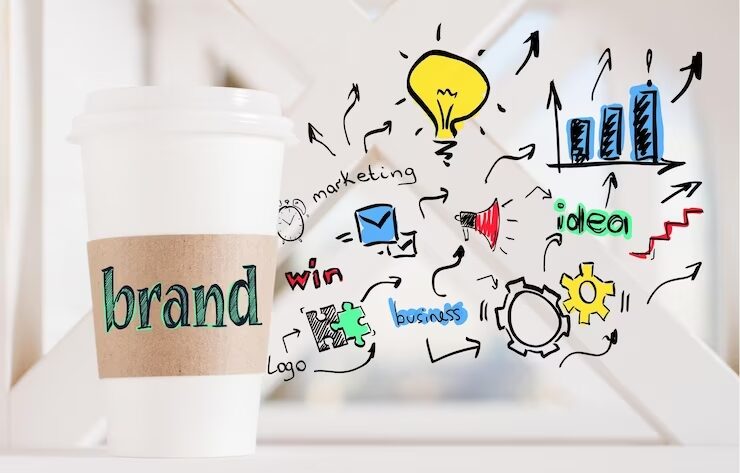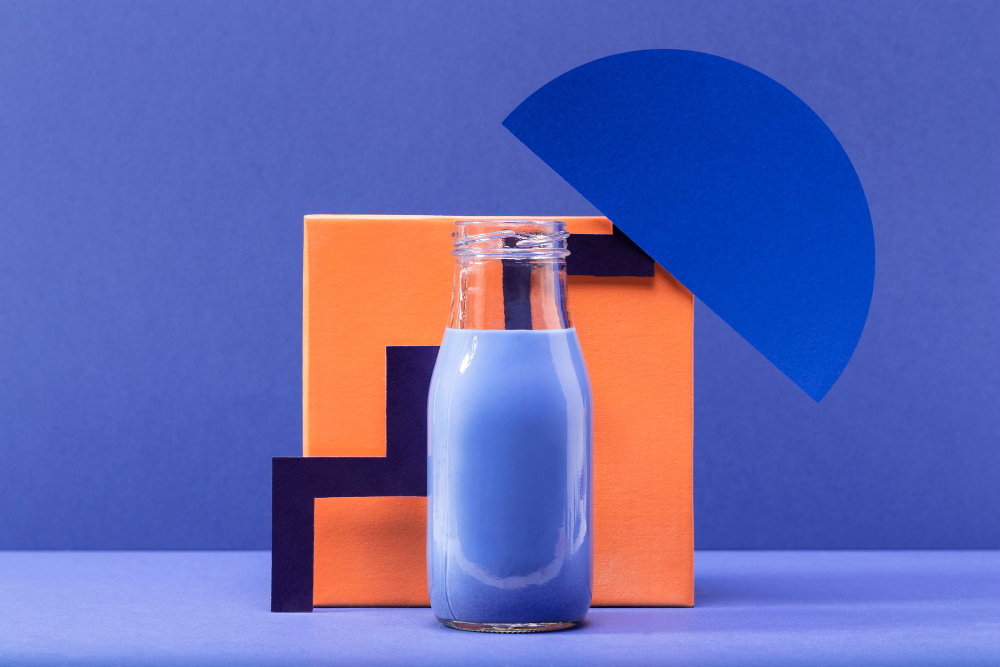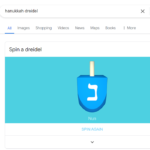5 Key Design Areas of Product Design
- 1 Product Design, Explained
- 2 Product Design: The 5 Key Design Areas
- 2.1 Usefulness
- 2.2 Dependability
- 2.3 Service Ability
- 2.4 Satisfaction Ability
- 2.5 Attractiveness
- 3 Conclusion
- 3.1 FAQs
- 3.1.1 What is product design?
- 3.1.2 Why is product design important?
- 3.1.3 What is the product design process?
- 3.1.4 What is user-centered design?
- 3.1.5 What role does market research play in product design?
- 3.1.6 What are the fundamental principles of good product design?
- 3.1.7 What is rapid prototyping?
- 3.1.8 How do you ensure a product is manufacturable?
- 3.1.9 What is CAD (Computer-Aided Design), and why is it essential in product design?
- 3.1.10 What is sustainable product design?
- 3.1.11 How can I protect my product design from being copied?
- 3.1.12 What are some common challenges in product design?
- 3.1.13 What is the role of a product designer vs. an industrial designer?
- 3.1.14 What software tools are commonly used in product design?
- 3.1.15 How has digital technology and 3D printing impacted product design?
A good design is about understanding the users, while a bad design is not knowing the users. Although there are many factors that a product designer needs to consider when developing a good product, there are also specific needs that they should consider.
On the other hand, when it comes to choosing a product, the appearance of the product is significant. A study revealed that 70% of consumers consider the product’s appearance when deciding.
Moreover, the product designers for hire are an essential factor that can contribute to the website design company‘s competitive advantage in the software industry.
Product Design, Explained
Due to the lack of business niches nowadays, even relatively simple products are created by teams of individuals with varying skills and expertise.
For instance, in the case of complex applications, the design process may involve several professionals, such as:
- Graphic designers
- Animators
- UX designers
- Business analysts
- Marketing specialists
In short, it is a multi-step process that involves multiple disciplines. Besides, The product design process is a step in developing a product, which helps visualize what it will look like, how it will solve various tasks, and what tools it will use.
Product Design: The 5 Key Design Areas
Usefulness
The usefulness of a product is a foundation for user needs. When evaluating a product, we first look at its ability to meet our needs.
The failure of a product to solve a problem makes it useless and not worthwhile for us. Even if it’s usable or reliable, we won’t use it because we are not motivated to do so.
This issue can lead to negative consequences, such as the team members putting in much effort and time to develop something nobody wants.
Dependability
A consistent and dependable system is essential to maintain a good user experience and build customer trust.
It can help improve their engagement and prevent them from experiencing issues that could affect their long-term use.
Service Ability
Serviceability is the quality attribute that determines how easy a product is to use. A user experience design is a process that aims to remove barriers that prevent people from interacting with a computer.
It usually happens when a product’s designers consider the needs of users and the context of the usage.
Satisfaction Ability
It is now more critical than ever that a product’s design meets the criteria for usability and utility in today’s competitive environment.
A well-designed product will make users feel like they are getting a pleasurable experience. Delight is the response that users get when interacting with a product.
When you think of “delight,” the first thing that springs to mind is usually a beautiful UI design with vibrant illustrations and animations.
But this is not the whole picture of what this word means. There are two kinds of delight: deep delight and surface delight.
Here’s what these terms mean:
- Surface Delight: This design is aesthetically pleasing. Its features, such as well-designed animations and imagery, can make people feel more engaged and happy with their interactions.
- Deep Delight: This refers to the feeling people get when interacting with a product. It’s a combination of utility, usability, and reliability that helps them make the most of their experience with a product.
Usually, deep delight is achieved through the design of a product that’s designed to meet the needs of users at every step of their journey.
Attractiveness
The concept of attractiveness refers to the step between “I need this product” and “I want this product.”
When a product becomes desirable, it becomes a representation of status. It can be evaluated in various ways, such as how people feel about it.
Conclusion
Due to the complexity of the process involved in creating a new product, you must involve various specialists. This is why, if you plan on taking on a leading position in the market, you need the help of experienced professionals.
Even if your concept is visually appealing and seems like a great idea, it still risks not being able to meet the expectations of your target market.
FAQs
What is product design?
Product design is the process of creating and developing a physical or digital product, considering aspects like aesthetics, functionality, usability, materials, and manufacturing processes.
Why is product design important?
Product design is essential as it directly impacts a product’s success in the market. A well-designed product can enhance user experience, increase sales, and differentiate a brand from competitors.
What is the product design process?
The product design process typically involves the following stages: research, ideation, conceptualization, prototyping, testing, refinement, and final production. It’s often an iterative and collaborative process.
What is user-centered design?
User-centred design (UCD) is an approach that prioritizes the needs and preferences of the end-users throughout the design process. It aims to create products that are intuitive and beneficial to users.
What role does market research play in product design?
Market research helps designers understand the target audience, their needs, preferences, and pain points. This information guides design decisions and ensures that the product meets market demands.
What are the fundamental principles of good product design?
Good product design should be functional, aesthetically pleasing, ergonomic, sustainable, and user-friendly. It should also consider cost-effective production and ease of maintenance.
What is rapid prototyping?
Rapid prototyping involves creating quick, often low-fidelity prototypes of a product to test ideas and gather feedback. It allows designers to iterate and refine their designs efficiently.
How do you ensure a product is manufacturable?
Design for Manufacturability (DFM) involves designing a product in a way that takes into account the manufacturing process, materials, and costs. Collaboration with manufacturing experts is crucial.
What is CAD (Computer-Aided Design), and why is it essential in product design?
CAD software allows designers to create and simulate 2D and 3D models of products. It’s important as it aids in visualization, precision, and collaboration during the design process.
What is sustainable product design?
Sustainable product design involves creating products that minimize their environmental impact. This includes using eco-friendly materials, reducing waste, and designing for disassembly and recycling.
How can I protect my product design from being copied?
Intellectual property rights, such as patents, trademarks, and copyrights, can be used to protect your product design. Consult with legal experts to determine the best approach for your specific design.
What are some common challenges in product design?
Common challenges in product design include balancing form and function, meeting user expectations, staying within budget, and managing the technical complexities of manufacturing.
What is the role of a product designer vs. an industrial designer?
Product designers typically focus on the entire product, including its functionality and aesthetics, while industrial designers may specialize in the form and aesthetics of products and how they integrate into their surroundings.
What software tools are commonly used in product design?
Common software tools for product design include Autodesk Fusion 360, SolidWorks, Adobe Creative Suite, Rhino, and various CAD programs.
How has digital technology and 3D printing impacted product design?
Digital technology and 3D printing have revolutionized product design by enabling rapid prototyping, customization, and the creation of complex shapes that were previously challenging to manufacture.



















